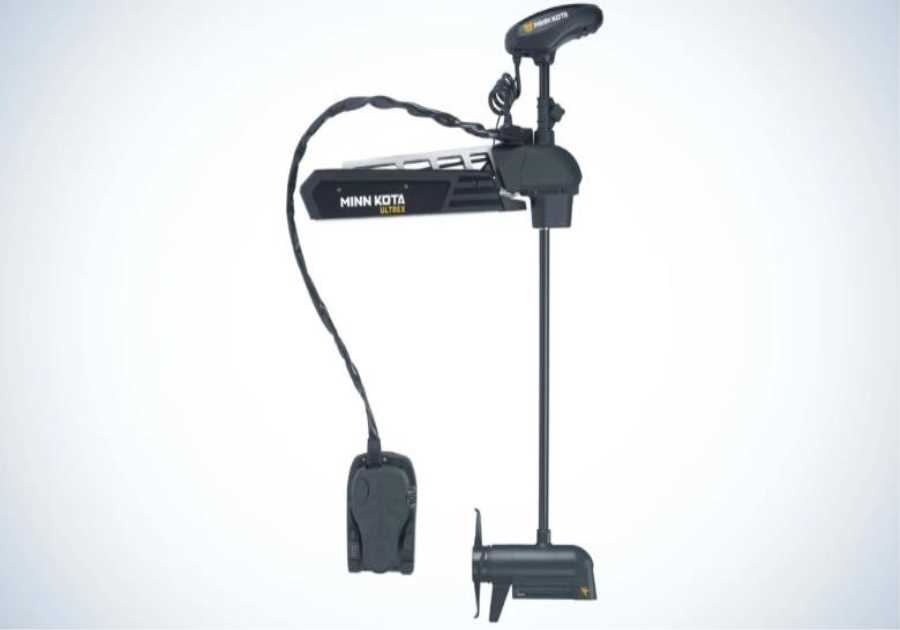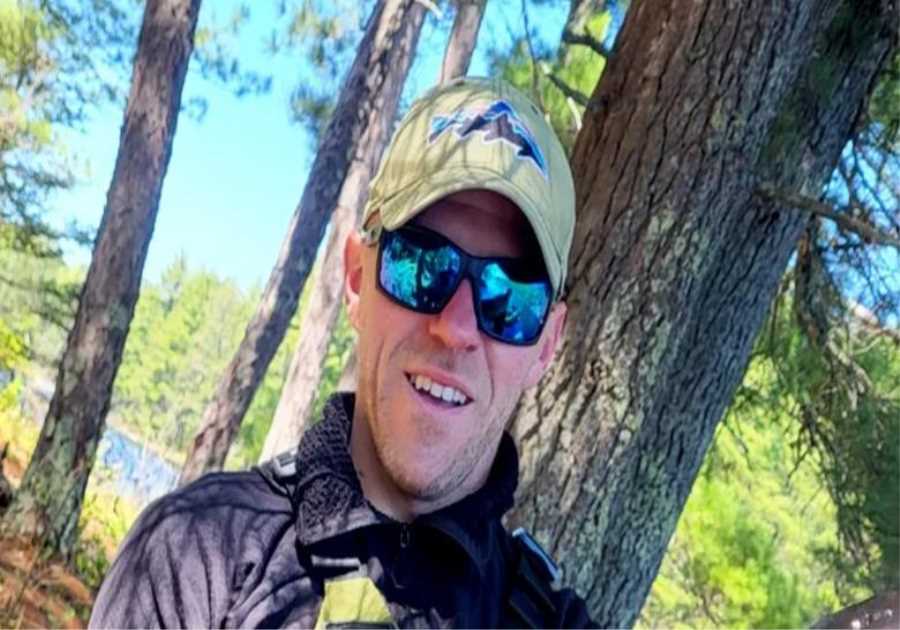
A history lesson in reflection of a long Saturday in Iowa City
On Saturday afternoon, the Penn State Nittany Lions and the Iowa Hawkeyes engaged in a contest of American football at Kinnick Stadium in a battle of Big Ten unbeatens. The Nittany Lions fell in Iowa City, 23-20. I have several thoughts, which are set forth randomly below.
1. Thirteen years ago, an unbeaten Penn State team ranked third in the country traveled west to face another Big Ten rival ranked in the top-10. Despite Penn State’s uncharacteristically impressive offensive performance in an offense run by redshirt junior Daryll Clark, the game was widely expected to be a defensive struggle.
2. On October 25, 2008, that expectation became reality. Neither the Nittany Lions nor the 9th ranked Ohio State Buckeyes exceeded 300 total yards. No running back or receiver exceeded 100 yards. The game swung on two Buckeye turnovers, a pass interference penalty, and a QB sneak.
3. Ultimately, Penn State prevailed. It did so in an unusual way against a top-level team on the road – with its backup quarterback.
4. Clark, who had won the offseason battle to replace graduating senior Anthony Morelli and had led the Nittany Lions to 9 straight wins, was pulled early in the fourth quarter due to an apparent head injury. Three minutes later, safety Mark Rubin knocked the ball loose from Ohio State freshman quarterback Terrelle Pryor on a critical 3rd and 1. Penn State took over possession on the Ohio State 38-yard line, trailing 6-3.
5. It wasn’t Clark out with the offense, though. It was redshirt sophomore Pat Devlin, a former four-star prospect himself.
6. Devlin, as it turns out, wasn’t asked to do a whole lot that night in Columbus. The 7-play drive that followed featured 3 carries by running backs Evan Royster and Stephfon Green, and 1 carry by fullback Dan Lawlor. On the second play of the drive, Devlin took a five step drop and tried to hit senior receiver Derrick Williams downfield on a post. Williams was essentially tackled on the play by Buckeyes’ defensive back Donald Washington, drawing a 15-yard pass interference penalty and putting the ball at the Ohio State 14-yard line. Penn State ended up on the goal line and Devlin snuck the ball twice, putting it over the goal line and giving Penn State a 10-6 lead with 6:25 to play.
7. Two minutes later, Penn State got the ball back and Devlin handled one final drive – an 8-play, 45-yard drive that culminated in a Kevin Kelly field goal that provided the game’s final margin. Penn State 13, Ohio State 6. Devlin carried the ball once more on that drive, converting on third down with a two-yard sneak.
8. It turns out that the fourth quarter of the Ohio State game was the only time Clark missed that year. He started the final three games on the schedule, then the Rose Bowl against USC. Devlin saw the writing on the wall and announced his intention to transfer at the close of the regular season. He had a successful career as the starting quarterback at Delaware, then a premier FCS-level program, and spent several seasons on NFL rosters.
9. Devlin’s departure was a critical issue for the 2009 season, as it turns out. In 2008, Penn State’s offense under Clark was innovative, featuring dynamic playmakers at receiver and utilizing Clark’s rushing talents to its advantage. That year, Penn State averaged 38.9 points per game, good for 11th in the country.
10. The following season, though, was a different story. With Devlin gone, Penn State’s top reserve quarterback became true freshman Kevin Newsome. Notably, Newsome eventually transferred to Temple, where he was expected to transition to running back before retiring from football.
11. With Newsome as the only other possible option under center, the offense was less dynamic. Clark was still excellent – he won the Chicago Tribune’s Silver Football (given to the Big Ten MVP) and was first team all-conference. But without a viable backup, Clark’s running was far less effective. Though he technically had more carries during his senior year, Clark scrambled noticeably less as the coaching staff worked to protect him from injury and keep him (and their season) upright. Penn State finished the season averaging 28.7 points per game, ranking 51st nationally.
12. I’ve thought a lot about that 2008 October evening and the football season that followed it in the days since this year’s fourth ranked Nittany Lions jumped out to a 17-3 lead in Iowa City, only to fall to Iowa in the end, 23-20. And all I can think is that we’re in the Daryll Clark alternate universe, featuring Will Levis as Pat Devlin and Ta’Quan Roberson as Kevin Newsome
13. Had Sean Clifford not left the game in the 2nd quarter with an undisclosed injury, there’s little doubt in my mind that this game ends something like 31-14.
14. It’s become readily apparent why Penn State had been working so hard over the last several weeks to get the running game headed in the right direction. Saturday’s game is exactly the situation in which a competent running game with running backs that are averaging 4 yards per carry is exactly what is needed.
15. You can see that from the 2008 Ohio State game alone. As noted, on the road in a hostile environment against an excellent defensive team, Pat Devlin came in cold and was not asked to do much. Instead, he was quite literally asked to manage the game.
16. Technically, Devlin didn’t even have a pass to his credit that night. He drew that pass interference call on his only dropback. The other 14 offensive plays were all runs, 11 of which came from running backs.
17. What Devlin was asked to do was calm the offense, get the exchanges right, and make timely plays to get first downs. That’s what having a highly qualified back-up and a solid running game can do for you.
18. Unfortunately, 2021’s Devlin is currently starting for the 11th ranked Kentucky Wildcats.
19. Roberson was put in an unenviable position, no question. No reserve QB ever gets “meaningful minutes” absent an injury, and Roberson was thrust into duty in Kinnick Stadium against the number 3 team in the country. A team with a defense that has a penchant for takeaways. Expecting him to move the team like Clifford was doing prior to his departure is a bridge too far.
20. The problem, though, is that Roberson couldn’t manage the team like Devlin did. Some of that is the running game’s failure to produce yards, but from the moment Roberson relieved Clifford, Penn State looked entirely out of sorts. Snap counts were off, false starts plagued the team, and open receivers were missed.
21. Honestly, the thing that sticks with me the most about Saturday’s game is that I don’t think Roberson actually had to score again in order to successfully navigate this team through the Kinnick minefield. Getting 3 points on that third quarter drive could have been sufficient. At that point, the lead was 20-10 with 6:40 left in the third quarter.
22. 10 points with Penn State’s defense and Iowa’s offense is significant. It’s two scores and, up until that point, Iowa had shown virtually no ability to move the ball consistently or generate a chunk play. Even assuming they get lucky and bust a long touchdown, Penn State still holds on by the skin of its teeth for a 20-17 win.
23. The problem here, though, is that Penn State gave them chance after chance after chance after chance. Sooner or later, Iowa was going to put together a single competent drive, then pull the lever and get three 7’s.
24. That’s exactly what that Spencer Petras pass to Nico Ragaini was – the one big play against a Penn State defense that had been on the field too long and was asked to hold one drive too many.
25. Under Roberson, the offense featured 8 three-and-outs. Several of those lost total yardage. Without the ability to burn clock and secure field position, Penn State’s offense continuously hung its defense out to dry. In this case, even drives that didn’t end in points would have served the purpose of keeping Iowa on its own side of the field.
26. Where do we go from here? It’s hard to tell. It’s true that losing this game probably doesn’t put Penn State in much worse post-season position. Assuming Clifford returns and is back to form, winning out is possible. Doing so gets them to Indianapolis, where they are likely to face the Hawkeyes again. On a neutral field, they’re likely to be favored.
27. That’s all assuming Clifford returns to form. A long stretch with Roberson at quarterback changes the dynamic considerably.
28. It’s hard to fathom how Penn State got here, or if there’s another player in the country as critical to his team as Sean Clifford. Based on what we watched on Saturday, Sean Clifford is the difference between a playoff team and, at best, a borderline top 25 squad.
29. Roberson played poorly on Saturday, but I have to believe he’s a several miles ahead of 2009 Kevin Newsome. The problem, though, is that even at best, Roberson is unlikely to beat Ohio State, Michigan, and Michigan State, all of whom are top 10 to 15 caliber teams.
30. Of course, if Zach Calzada can beat Alabama, then anything is possible.
31. I’m not going to dignify the nonsense from Iowa fans and Kirk Ferentz about these “phony injuries.” It’s ridiculous and doubling down on it only takes away from Iowa’s win on Saturday.
32. Time to move on. All of us.
33. Let’s go win the bye week.
34. We are . . .
--------------------------------
By: Adam Collyer
Title: 34 Random Thoughts on Penn State’s Stumbles Against Iowa
Sourced From: www.blackshoediaries.com/2021/10/13/22724558/random-thoughts-penn-state-football-iowa-hawkeyes-clifford-clark-devlin-roberson-petras
Published Date: Wed, 13 Oct 2021 17:22:19 +0000
.png)





